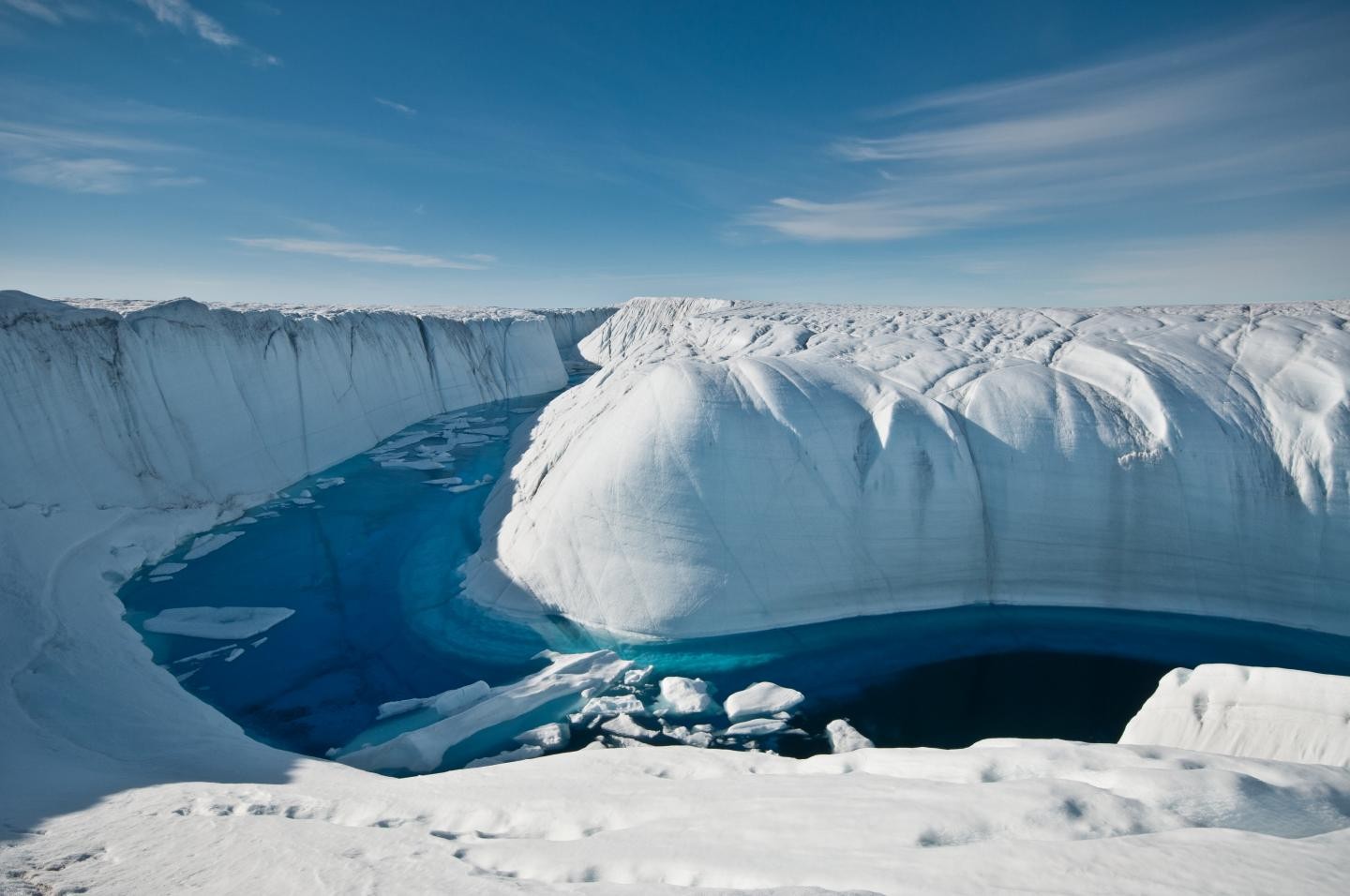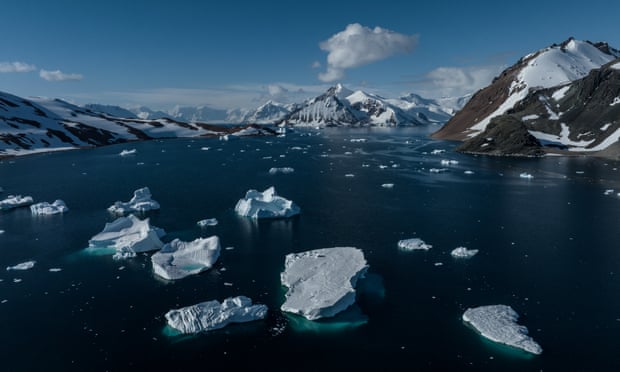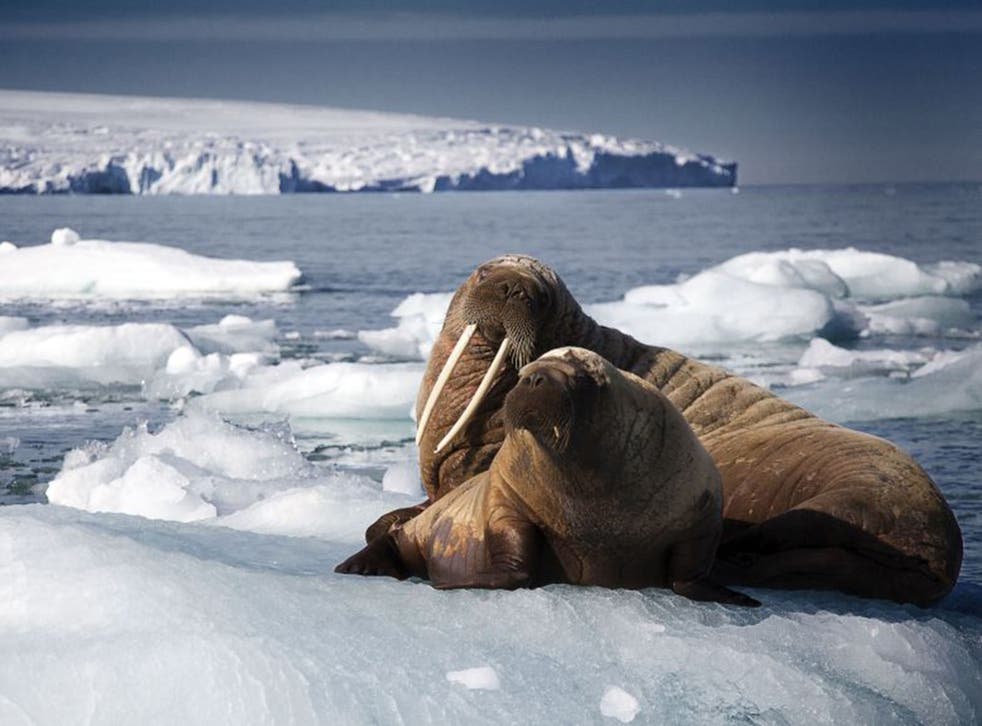Segundo imagens de satélites, a Antárctida está a derreter aceleradamente. O continente antárctico está a perder 200 bilhões de toneladas de gelo por ano.
O efeito imediato desse derretimento para o meio ambiente é o aumento global do nível do mar em aproximadamente 0,6 milímetros por ano. Um número três vezes maior, se comparado com os dados de 2012, data da última avaliação.
Cientistas fizeram um levantamento da massa do manto de gelo antárctico de 1992 a 2017 e divulgaram novos números na publicação académica Nature.
As informações divulgadas, bem como a tendência de aceleração do derretimento, terão de ser levadas em consideração pelos governos à medida que planeiam futuras medidas para proteger as comunidades costeiras de áreas de baixa altitude.
Os cientistas responsáveis pelo levantamento afirmam que a redução da camada de gelo está a acontecer principalmente no oeste do continente, onde as águas de temperaturas mais elevadas estão a submergir e a derreter as frentes de glaciares que desaguam no oceano.
"Não podemos dizer quando isso começou, não fazíamos medições no mar naquela época"
Professor Andrew Shepherd, líder do grupo IMBIE
"Mas podemos afirmar que actualmente está demasiado quente para a Antárctida. Está cerca de meio grau Celsius acima do que o continente suporta. A base está a derreter cerca de cinco metros cada ano, e é isso que está a provocar o aumento do nível do mar como estamos a observar", disse ele à BBC News.
O levantamento indicou que, no total, a Antárctida perdeu cerca de 2,7 trilhiões de toneladas de gelo entre 1992 e 2017, o que corresponde a um aumento no nível global do mar de mais de 7,5mm.
More than 40% of Antarctica’s ice shelves have shrunk since 1997 with almost half showing “no sign of recovery”, a study has found, linking the change to the climate breakdown.
Scientists at the University of Leeds have calculated that 67tn tonnes of ice was lost in the west while 59tn tonnes was added to the east between 1997 and 2021, resulting in a net loss of 7.5tn tonnes.
Warm water on the western side of Antarctica has been melting ice, whereas in the east, ice shelves have either stayed the same or grown as the water is colder there.
Please watch on YouTube
The ice shelves sit at the end of glaciers and slow their rate of flow into the sea. When they shrink, glaciers release larger amounts of freshwater into the sea which can disrupt the currents of the Southern Ocean. Read more here
It's so sad to know this know this scientific study! United Nations and António Guterres, Secretary-General are appealing all the governments of all world to change their programs in order to help climate crisis.
Happy to be back after a long pause.
Geração 'explorer'
16.10.2023
sources: Nature Advance/ The Guardian Antarctida

















